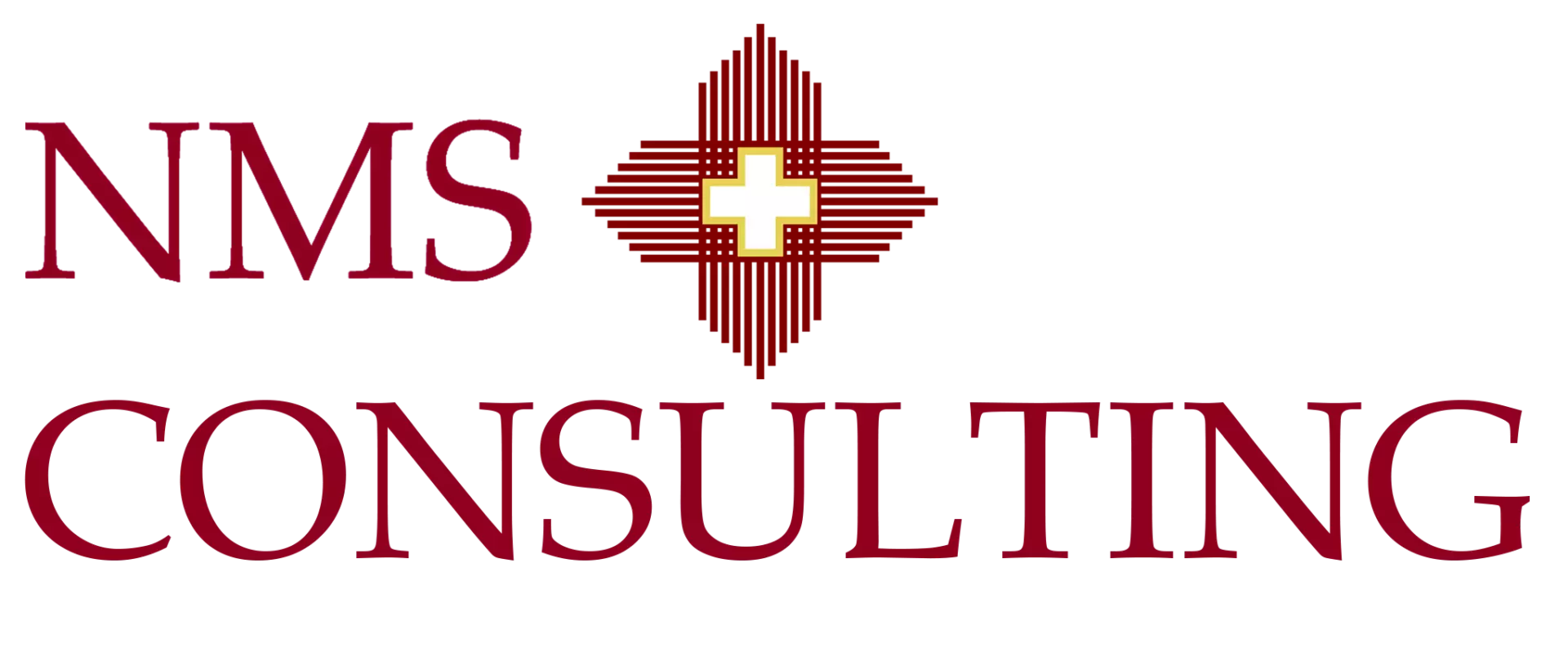Business Transition Planning
Business transition planning creates a clear path to transfer leadership or ownership with minimal disruption. We design a business transition plan that aligns cash, people, customers, and controls so your business transitions land on time and on budget.
What Is Business Transition Planning?
Advisory that prepares a business transition process across leadership, ownership, systems, and customers. We document a practical business process transition with roles, timelines, and proof points, supported by interim leadership and a weekly scorecard.
Why It Matters and How It Works
Data shows planning pays: projects with excellent change management are about 7x more likely to meet objectives, while wasted investment drops when core skills are prioritized. Many owners still lack a formal succession plan, with awareness often below half of respondents in surveys among NextGen and small-business owners. We turn these facts into actions: make choices, assign owners, publish one scorecard, and protect value.
Business Transition Planning Services We Offer
Ownership and Succession
Options, readiness, and a documented business transition plan with roles, dates, and safeguards.
Carve-outs and Divestitures
TSAs, Day-1 controls, stranded cost removal, and customer continuity plans that keep sales moving.
Leadership Gaps and Interim
CRO, CFO, and PMO support to run the cadence while permanent hires complete.
People and Communications
Org changes, incentives, training, and stakeholder updates that lower confusion and churn.
Systems and Controls
Cutover plans, data readiness, access and segregation, and post-go-live monitoring.
Customer and Supplier Continuity
Pricing and service guardrails, SLAs, and issue logs tied to owners and escalation paths.
Typical Steps
- Baseline. Map value drivers, risks, contracts, and handover needs.
- Choices. Select transition path, milestones, and resourcing.
- Plan. Day-1 to Day-100 playbook with a weekly scorecard.
- Execute. Stand-ups, variance calls, and quick fixes on blockers.
- Stabilize. Track KPIs, close issues, and confirm benefits.
- Adapt. Refresh plan and owners as conditions change.
Results You Can Track
| Outcome | What We Track | Why It Pays Off |
|---|---|---|
| Lower disruption | Issue closure rate, cycle time, customer retention | A structured people plan improves outcomes, with 3x gains moving from poor to fair practices and higher gains with excellent practice. |
| Protected capital | Budget variance, rework, go-live defects | Organizations that prioritize core delivery skills see lower wasted investment. |
| Succession readiness | Documented plan, role coverage, governance cadence | Awareness of formal plans remains mixed in NextGen surveys and among small-business owners, making documentation a priority. |
| Faster stabilization | Cash, service levels, SLA compliance | Disciplined cadence and milestones raise success odds in transformations according to field research. |
Transition Insights at a Glance
About 7x higher success with excellent change practice
Wasted investment falls when delivery skills are prioritized
Succession awareness can be below 50% in surveys
Most small-business owners lack a formal plan
Private equity can support succession routes
Clear cadence raises transformation success
FAQs
What is the first move if we have not documented a transition plan?
Confirm goals and timing, list critical roles and contracts, then publish a Day-1 to Day-100 plan with owners. Set a weekly review to track progress and risks.
How do you control disruption to customers and staff?
Guardrails on pricing and service, clear communications, training, and an issue log with response targets. We measure retention, service levels, and cycle time.
Do we need interim leadership?
When bandwidth is tight or skills are specialized, interim CFO, CRO, or PMO support keeps cadence while permanent hires complete.
